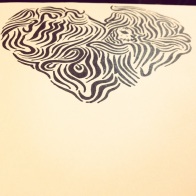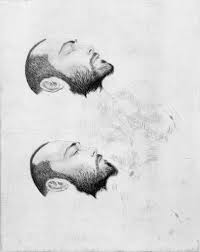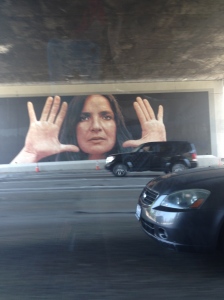In my fine arts class, we learned about a certain type of art called Impressionism. It was looked down upon in that time period since each piece was simply an ‘impression’ of whatever was painted. It then gave the appearance of not being completed. In reality, this style simply told others that painting is just simply that. It shouldn’t matter whether an artist took the time to paint the most detailed piece of work or if he just dabbed away to make the eye form the picture itself. I find it interesting that impressionist paintings are still decently detailed and interesting to look at.
Claude Monet was a prime example of an Impressionist. There is still a significant amount of detail that tells the audience what the picture entails, but the thin brushstrokes and dabs of paint make for less detail than artwork of the time periods before. Thick amounts of paint are applied to create a texture on the surface once dried. This term is known as impasto. I’m interested in attempting this technique in my future paintings.
 Sainte Lazare Train Station – 1877 |
 The Portal In The Sun – 1894 |
 Sunrise – 1872 |
Now Expressionism is considered to be the opposite of the Impressionism style. While impressionists focus on the overall essence of a painting rather than the detail, expressionists focus excessively on detail. They focus mainly on the exaggeration of details and on the use of a repetitive pattern of quick brushstrokes. The use of exaggeration is utilized in order to create emotions for their audience. The below piece is by Gustav Klimt, an expressionist painter. The painting was intended to focus on the rising role of women in that time period. Fear was intended by the inclusion of this kiss occurring on a cliff. It basically stated that the role of women would cause trouble and lead to imminent danger.

The Kiss – 1908-09
Expressionism in detail
Impressionism in detail
Courtesy of theartstory.org













 (Jessie’s)
(Jessie’s)

You must be logged in to post a comment.